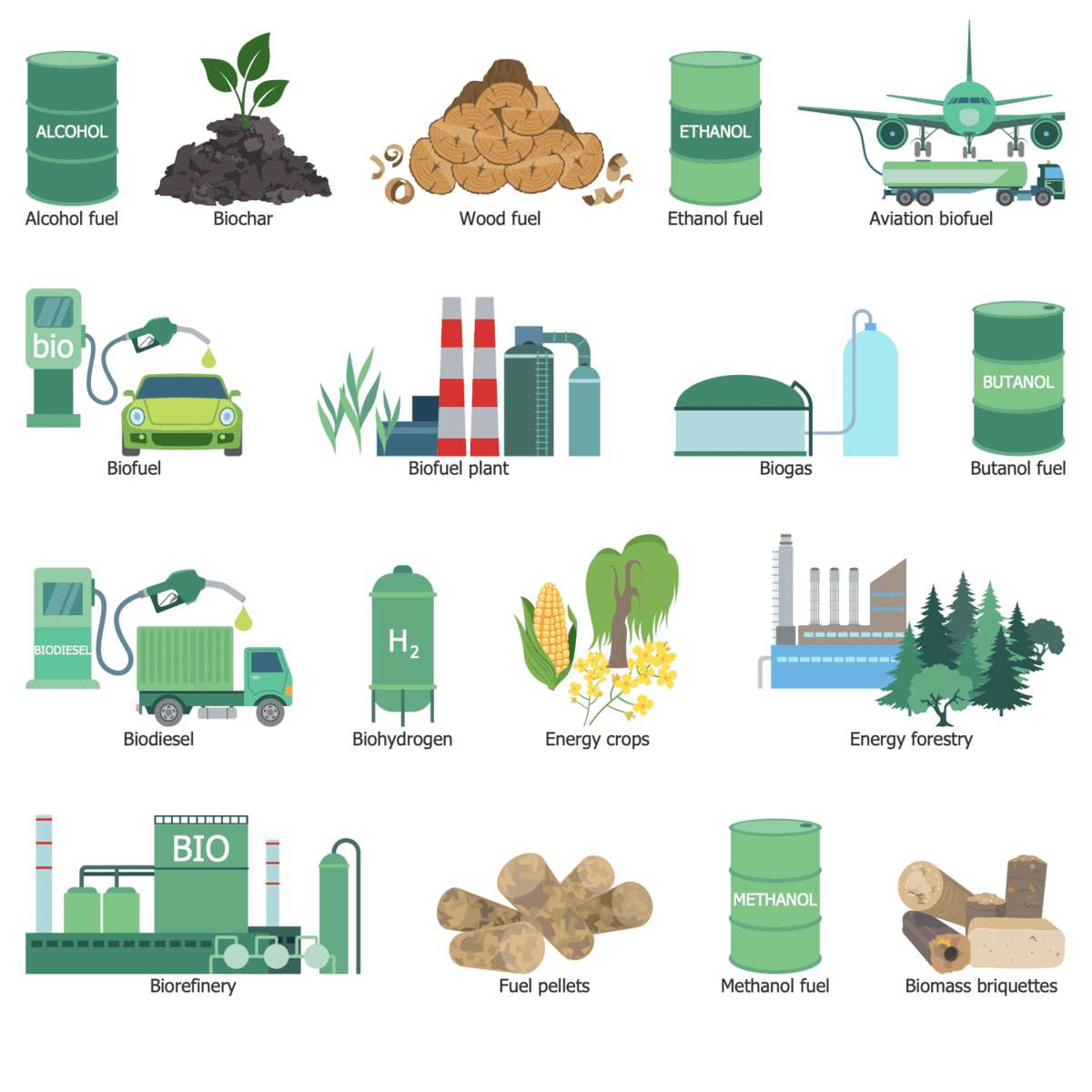Cleaner Energy
Clean energy is energy taken from sources, which have no negative environmental impacts, do not pollute the atmosphere, and are zero-emission. Clean energy is primarily clean air, which is an incredibly important part of global environmental clearness and our planet's future, reducing the risk of environmental disasters. The sources of clean energy are naturally replenished.
Clean energy sources do not release any air pollutants and greenhouse gases, which trap heat in the atmosphere and cause rising the temperature of the Earth. In addition, there is no waste in clean energy extraction and transportation. The use of clean energy helps to create a better future for our planet, avoid climate change, extreme rising weather events, rising sea levels, shifting wildlife habitats and populations, and other negative impacts and consequences. Clean energy is a future for the power needs of humanity across the world. Its popularity and performance rise and costs fall from year to year.
Most clean energy sources are renewable, but not all renewable energy sources are clean. Because the zero emission of carbon dioxide and other air pollutants is an essential condition of clean energy. For example, wood is a renewable source, but as a result of burning wood, carbon dioxide is released into the atmosphere.
Clean energy is also not obligatory the same as green energy because some actions related to gaining clean energy can cause damage to the environment. For example, hydropower is a renewable source of clean energy, however, it harms the environment, because the wood used for building hydro dams is got as a result of deforestation. Therefore, it is a clean energy source, but not green.
In addition to environmental and ecological benefits, clean energy also has social, economic, and financial benefits. The countries, which invent clean energy technologies, manufacture and export clean energy, have great economic opportunities and reduce their dependence on imported fuels. In addition, clean energy development and manufacturing create more jobs.

Example 1. Cleaner Energy Infographics
Solar power, hydropower, wind, geothermal, biomass, and tidal power are major examples of renewable clean sources. Each of them has its benefits and applications.
- Sunlight is freely available and the most abundant clean energy resource on the planet. Although solar energy is limited by the time of day, geographical location, and season of the year. Solar panels are used to collect solar energy and turn it into electricity.
- Wind power is a large source of clean energy generated as a result of turning blades of the windmill attached to a generator.
- Water is a clean resource used by hydroelectric power plants to create electricity. This energy resource is more reliable than wind or solar power, and generated energy is easy to be stored.
- Tidal power is a large-scale version of hydropower. It is a reliable, highly predictable, and constant energy supply source.
- Geothermal power uses the natural heat from the death of the earth. This energy source depends on the geographical area, because geothermals are spread unevenly on the Earth.
- Biomass uses solid fuel from plant materials, agricultural, industrial and domestic waste to produce energy.
The key applications of clean energy are electricity generation, lighting, heating buildings, water, cooling, and more. Currently, the orientation on cleaner energy is observed everywhere in the world. Renewable sources offer around a third of global power capacity and in recent years large more renewable energy installations than fossil fuel and nuclear have been built.
Example 2. Green Energy Solution Libraries Design Elements
ConceptDraw DIAGRAM charting and vector drawing software with included powerful tools of Green Energy solution is ideal for designing professional-looking materials and content about cleaner energy sources and their use for global benefit. The solution includes 14 libraries with design elements — renewable power, solar power, tidal power, wave power, wind power, hydropower, and many more. The designed illustrations suit well for reports, websites, social media pages, and more applications.
Example 3. Green Energy Infographics - Generation Capacity Factor
The Cleaner Energy Infographics samples you see on this page were created in ConceptDraw DIAGRAM software using the drawing tools of the Green Energy Solution. These examples successfully demonstrate solution's capabilities and the professional results you can achieve using it. An experienced user spent 10-15 minutes creating each of these samples.
Use the powerful tools of the Green Energy solution to design your own Green Energy Infographics quick, easy and effective.
All source documents are vector graphic documents. They are available for reviewing, modifying, or converting to a variety of formats (PDF file, MS PowerPoint, MS Visio, and many other graphic formats) from the ConceptDraw STORE. The Green Energy Solution is available for ConceptDraw DIAGRAM users.

